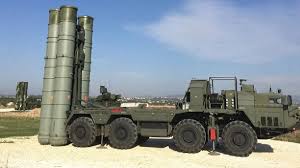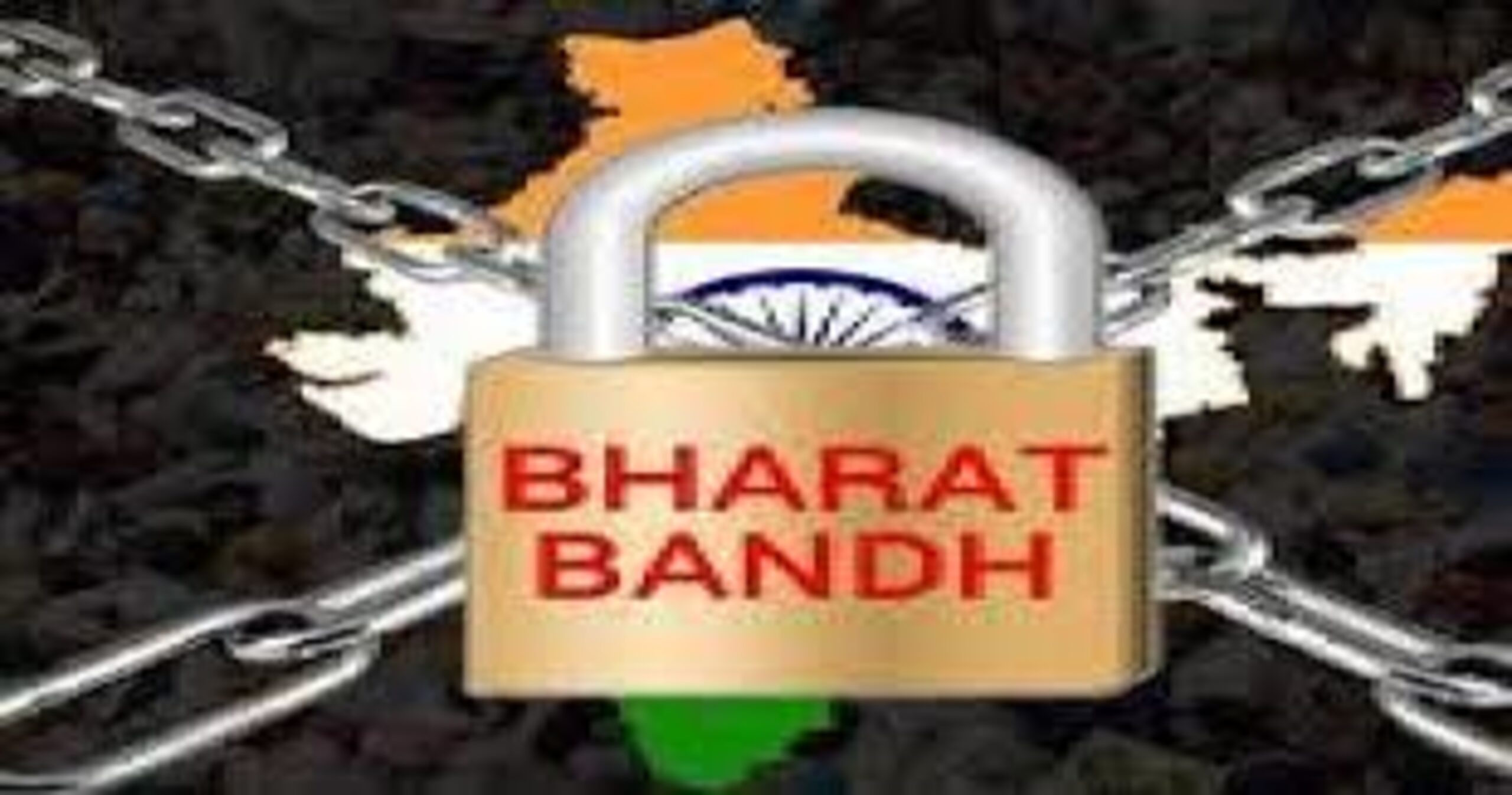S-400 Missile Defense System Defends Against Pakistan Drone Daemon Drops: A Defense System Story
In what can only be regarded as a supreme show of innovation and unyielding indomitable spirit, India’s highly sophisticated S-400 air defense missile systems intercepted a reckless drone and missile assault by Pakistan on May 8, 2025. This attack systematically sought to hit landmarks of prominence such as Awantipora, Srinagar, Jammu, Pathankot, Amritsar, Ludhiana, Bhuj, and other multi-national superpowers and indias military hubs situated in the northern and western regions of India. Fortunately for India, the Airforce S-400 systems were successful in eliminating all possible Indian incursions planned into the territory by the enemies who were projecting robust and redundant threats through cunning means.
An Air Duel With Evolving Stakes
May 8, 2025, early morning hours marks one more day in history with a highlight in Indian-Pakistan bilateral relations. Pakistan recently got mobilized for retaliatory drone and missile strikes across the Indian borders with the full backing of covert support from various multi-national aid providers as a response to what they perceived was Indian aggression via multi-lateral recent defense plans opposition directly posed to them strategizing in a period. These unleashing incursions drones and missiles put forth unparalleled risks targeted multi-national Indian military centers of supremacy along with striking extensively deep multi-national Indian military centers with the purpose of sinking them once and for all under parallel vindictiveness the apparently harbored grim wish democracies had. Which is why capabilities of the Indian S-400 Triumf systems matching their level standing simple proved preposterous beyond irrelevant reasoning. Employing unmeasured battle readiness for fighting drones and striking deployed ready units for deploying delimiting missiles within the range of 600 km ultra precisely identifying to obliterate anything positional orbit neutral commanding infrastructure.
India has at its disposal four squadrons of S-400 systems with one deployed in Pathankot for Jammu, Kashmir, and Punjab defense, while another is stationed to protect Rajasthan and Gujarat. India’s meticulous measures proves its intent at securing fences from aerial threats.
The Context: A Cycle of Retaliation
This is not a stand alone incident, rather part of wider policies and multi-pronged responses. On April 22nd of 2025, a Pahalgam based terrorist attack within the confines of Indian administered Kashmir claimed the lives of 26 civilians, the majority of which were tourists. “Operation Sindoor” was initiated in response, which saw a precise execution of terror strikes on 9 sites located in Pakistan as well as Pakistan occupied Kashmir (PoK). An immediate response was necessary after grouping worked in areas such as Sindh, Quetta, Lahore alongside Kashmir under the aegis of Lashkar e Taiba and Jaish e Mohammed. The Indian army was able to accurately strike these sites over identified militay and civilian targets, averting all utilitarian Pakistani assets. The focus was not replenished as India declared wasteful augmentations & armament operations claiming to dismantle non-state terrorism infrastructure. Describing the operations as “focused, measured but non-escalatory,” Indian forces in India administered domains made it clear enough.
Nevertheless, Pakistan considered Operation Sindoor as a core attack and retaliated with its own strikes. These were attempts to escalate the conflict through drone and missile strikes on Indian territory. However, under the power of the S-400 systems, India’s prompt and decisive counterattack, which not only thwarted Pakistan’s Caucus plans but also showcased India’s capability to defend its territory while showcasing restraint, was a remarkable display of power.
India went beyond its defensive strategies. Pakistan’s air defense radar and installations, including one located near Lahore, were also targeted. India’s striking Pakistan and this simultaneous action of defense with offense is what sent a bold message: that india will put up with no aggression and respond in a measured manner to defend the sovereignty of the nation.
A Nation on Edge: The Human Impact
For millions of Indians, especially those living along the border, the unending risk of war is an ugly reality. The drone strikes on May 8 sparked other tensions and were a cause for concern for many people. Still, there was immense relief and pride when the S-400 systems successfully intercepted the strikes. “We feel safer knowing that our country has such advanced technology protecting us,” said a proud citizen of Pathankot, which was a common opinion across the country. Not only has the S-400’s performance improved national morale, it has also strengthened the faith in India’s defense forces.
The emotional consequences of all these changes are difficult to capture. Families in the border region are constantly anxious about the possibility of sudden defensive actions and the rest of the nation struggles with the twofold problem of security and peace. A successful S-400 system gives people hope, it shows the nation can be defended, while emphasizing the need for solutions for the India-Pakistan tussle.
The government’s firm stance
The message from Indian government seems to be on the same page. One emanating from the Ministry of Defence cited that Pakistan’s bid to exacerbate the situation came under a proportionate response. To quote, “The Indian Armed Forces continue with the policy of non-escalation unless our territorial boundaries are violated, there is active terrorism, and patriotism cables are subdued.” This tells us that no provocation will invite retaliatory action, yet proactively shielding action will be taken under the uprooting of any terrorism. International relations becomes accordingly labeled as restrained assertiveness ready to spring into action against provocation when need arises.
The ‘Indira’ leadership further clarified the assertion that Operation Sindoor was not aimed towards the military or civilian population of Pakistan, but was directed towards pre-emptively neutralizing soft target terrorism. This such nuance sheds light on the claim that India is trying to draw does not aim for overreaching combat while resolving combat stress issues.
The S-400: A Game-Changer in Air Defense
One of the latest aerospace defense industries of Russia, the S-400 Triumf, is ranked among the most cutting air defense industrial systems. It formidable track record of tracking bare minimum 100 target simultaneously and shooting 36 of them down in a single shot place it in a formidable category above other countries. Acquisiton of these systems has been a super strategic masterstroke for India as they offer added protection against aerial hostile actions in a region of the world dubbed as hot war zone.
The last few years have seen the system deployed in India with squadrons strategically placed to cover the most susceptible areas. India’s expenditure on this technology was justified on May 8, 2025, when it demonstrated, India’s S-400 is indeed a practical protector and not merely a theoretical asset, India’s skies are guarded by battle-hardened defenders.
The S-400 does serve as a reminder to India, but only to the challenges that require peace on a long-term basis.
India and Pakistan continue to remain on high alert. Both eagerly await, for the need of which, the international community comes out begging is calms. The UN and other such organizations have actively called for restraint stating the need of the hour is not for saving life, on the other hand perpetuating the ongoing civilizational clash is detrimental. That being said, the joint nuclear capabilities of India and Pakistan make this development increasingly classified as high conflict. Things have the potential to go downhill after Kashmir and the India-Pakistan War built up tensions, the time when the countries turned into never shy to throw bombs on each other’s head.
Synthesizing the two countries conflicts together makes it rally complicated, but simpler stated informs us that part of the worlds are India and Pakistan. Seemingly trivial event as a successful S-400 operation showcase the limits of what were once powerful nations. The coming days do pose quite a challenge, works of diplomacy will have to be frantic in nature if dire straits is what we wish to prevent, when sensitive steps emerge from crowed regions where arguably innocent civilians get caught in crossfires.
Final Remarks: A Steel Shield
In India’s narrative of defense, the events of May 8, 2025 will be remembered as a tipping point. The S-400’s unprecedented victory over Pakistan’s drone attack showcased India’s prowess and demonstrated the importance of technology in modern warfare. This serves as a moment of relief for the people of India, knowing that the country is adequately fortified to defend itself against any assault. On the other hand, it is a clarion call for all stakeholders to ensure that struggles are transformed into discussions and collaborative relationships.
Under the S-400 missile shield, India stands tall as the world awaits a solution to the long-standing conflict in the region. India remains unshakeable, and India’s skies are secure.
Key Timeline Highlights
Part
Description
History
Pakistan attempted drone and missile strikes on Indian military installations.
Time
May 8, 2025
Locations
Awantipora, Srinagar, Jammu, Bhuj, Amritsar, Ludhiana
Response from India
Threats were neutralized using S-400 systems. Indian installations were bombed in retaliation.
Capabilities of S-400
Tracks 100 targets at a range of 600 km and intercepts 36 targets at a distance of 400 km.
Background
In retaliation for Op Sindoor, Pahalgam terror attack 26 civilians were killed.
Position of the Government
Personal level restraint concerning military and police action, conflict to be limited focus on international terrorism, retaliatory reaction to provocation, carefully gauged for aggression. Pay attention that no excessive measures are employed while responding to terrorism. Give other note that provocation needs to be done with restraint uptiles cal and not intended to provoke hostile reaction. Delegate higher provocation needs. Level reply must be gentle and measured up to that strike does no resolv. Enormous harm Proportional – Warfare in border areas.
Effects on the Society – Individual as a Citizen of a Motherland.
Extraordinary relief and unexplainable pride as concern for every Indian citizen, boundlessly fear looms in borders.






